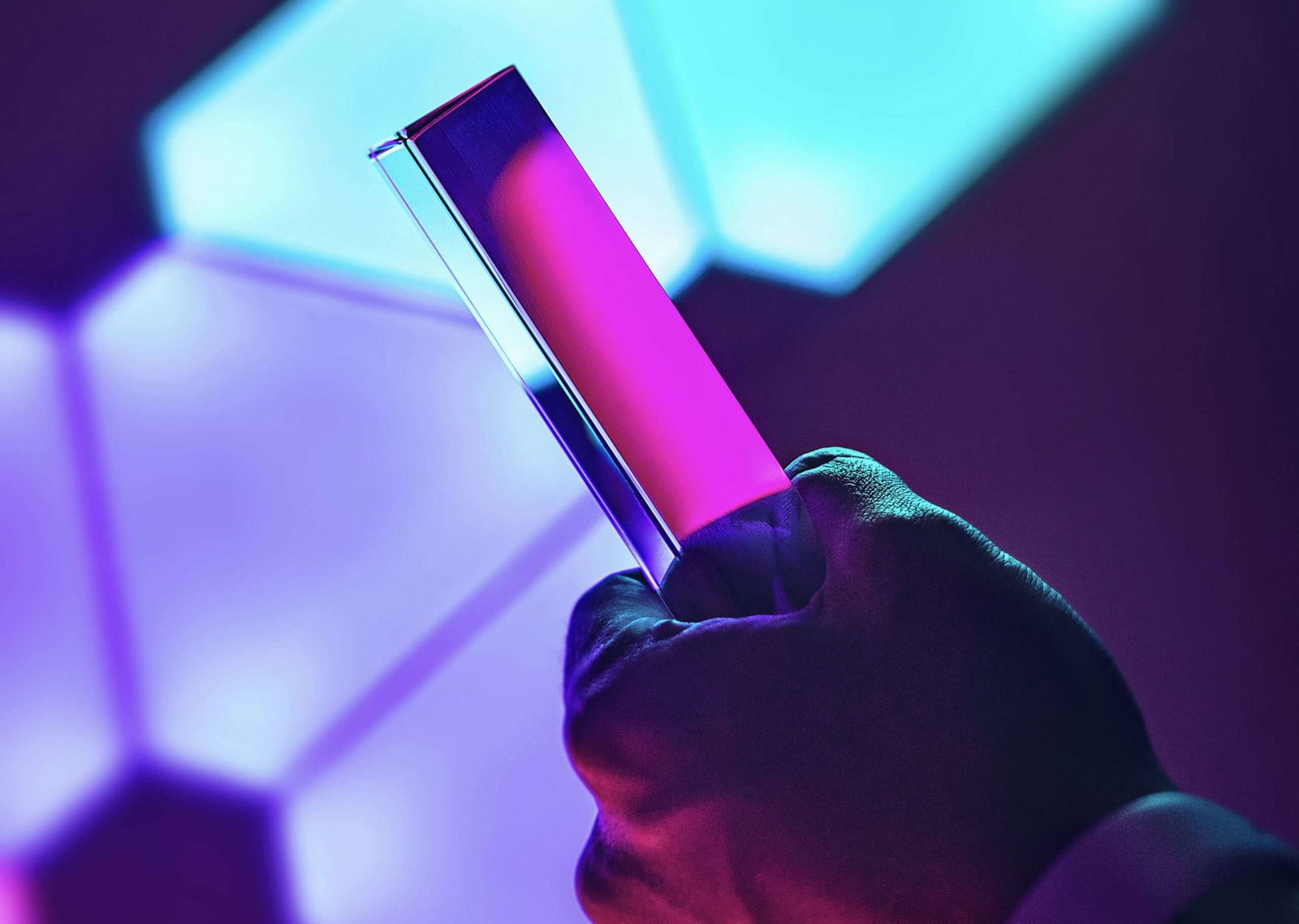Electronic devices like phones, tablets, and laptops can contribute to the worldwide problem of electronic waste, or e-waste. While experts are working to make these devices more environmentally friendly, a new advancement at the fundamental level of the electron could provide a much-needed solution. Enter “Orbitronics.”
Researchers at the Paul Scherrer Institute (PSI) in Switzerland and the Max Planck Institutes in Germany have found a way to harness a property of electrons known as “orbital angular momentum,” which could open the door to a whole new type of technology known as “orbitronics.” This result, which was achieved using experiments conducted at the Swiss Light Source (SLS) and was published in Nature Physics, could help make electronic devices of the future more environmentally friendly.
The Problems of E-Waste
Electronic waste (e-waste) has become a pressing global issue, with the rapid rise in electronic device use leading to unprecedented amounts of discarded gadgets. According to the World Health Organization (WHO), millions of tons of e-waste are generated annually, much of which contains hazardous materials like lead, mercury, and flame retardants. These substances pose serious health and environmental risks when improperly managed, often leaching into soil and water sources or releasing toxic fumes when burned.
In 2019, approximately 53.6 million metric tons of e-waste were produced worldwide, a number that is only projected to grow as technology continues to advance and consumer demand for new devices remains high.
Introducing Orbitronics
Current electronics rely on traditional methods of using electron charge to store and transfer information, which typically requires frequent upgrades and replacements, contributing to e-waste. However, using charge isn’t the most energy-efficient method, and scientists have been looking for alternatives that are less harmful to the environment.
One promising option is spintronics, a technology that uses another property of electrons known as “spin.” Spin gives electrons unique identities which researchers could use to encode information.
However, some researchers believe there might be an even better solution: orbitronics. In this approach, the “orbital angular momentum” (OAM) of electrons is used to transfer information. Electrons move around the nucleus of an atom in certain paths or “orbits,” and this motion can be used in orbitronics to store and process data in a way that could be much more efficient than current electronic devices.
A New Advancement in Orbitronics
While scientists have been exploring conventional materials like titanium for orbitronics, the recent focus has shifted to a new class of materials known as “chiral topological semi-metals.” These materials have an intriguing, twisted atomic structure that naturally makes them capable of creating patterns in the orbital motion of electrons, which is perfect for orbitronics. These special materials have a DNA-like helix within their molecular composition, encouraging motion that aligns better with orbitronics.
“What’s exciting about these materials is that you don’t need to add extra effort or energy to create the orbital motion patterns—it’s already built into their structure,” Michael Schüler, one of the lead researchers on the study from PSI and the University of Fribourg, said in a recent statement.
Within these new materials, scientists have been searching for a unique feature called an “orbital angular momentum monopole,” where the motion is uniform across the entire orbital. This uniform motion is significant because it means that information could potentially flow in any direction within a device, making it very versatile for future technology. However, these monopoles were just a theory. No one had actually seen them in experiments—until now.
Finding Monopoles
To track down these monopoles, the research team used a complex technique called Circular Dichroism in Angle-Resolved Photoemission Spectroscopy (CD-ARPES). This method uses a special kind of light (circularly polarized X-rays) to interact with a material, knocking electrons out and allowing scientists to study their behavior.
While this technique has been around for a while, there was a gap between what the experiments showed and the theoretical predictions.
“A natural assumption was that if you used circularly polarized light, you were measuring the orbital motion of electrons directly,” explained Schüler. “But our study shows that it’s not that simple. The data was more complex than we first thought.”
The team took an extra step in their experiments, varying the energy of the light they used. At first, the results seemed confusing—the signal was changing in unexpected ways. But by digging into the data and applying rigorous theory, they discovered that the signal wasn’t just reflecting the orbital motion directly. Instead, it was rotating around the monopoles in a predictable pattern. This realization finally provided the evidence they needed to confirm the existence of these monopoles.
By unlocking this hidden potential, scientists are paving the way for a future where our electronic devices are not only more powerful but also kinder to our planet.
Kenna Hughes-Castleberry is the Science Communicator at JILA (a world-leading physics research institute) and a science writer at The Debrief. Follow and connect with her on X or contact her via email at kenna@thedebrief.org

